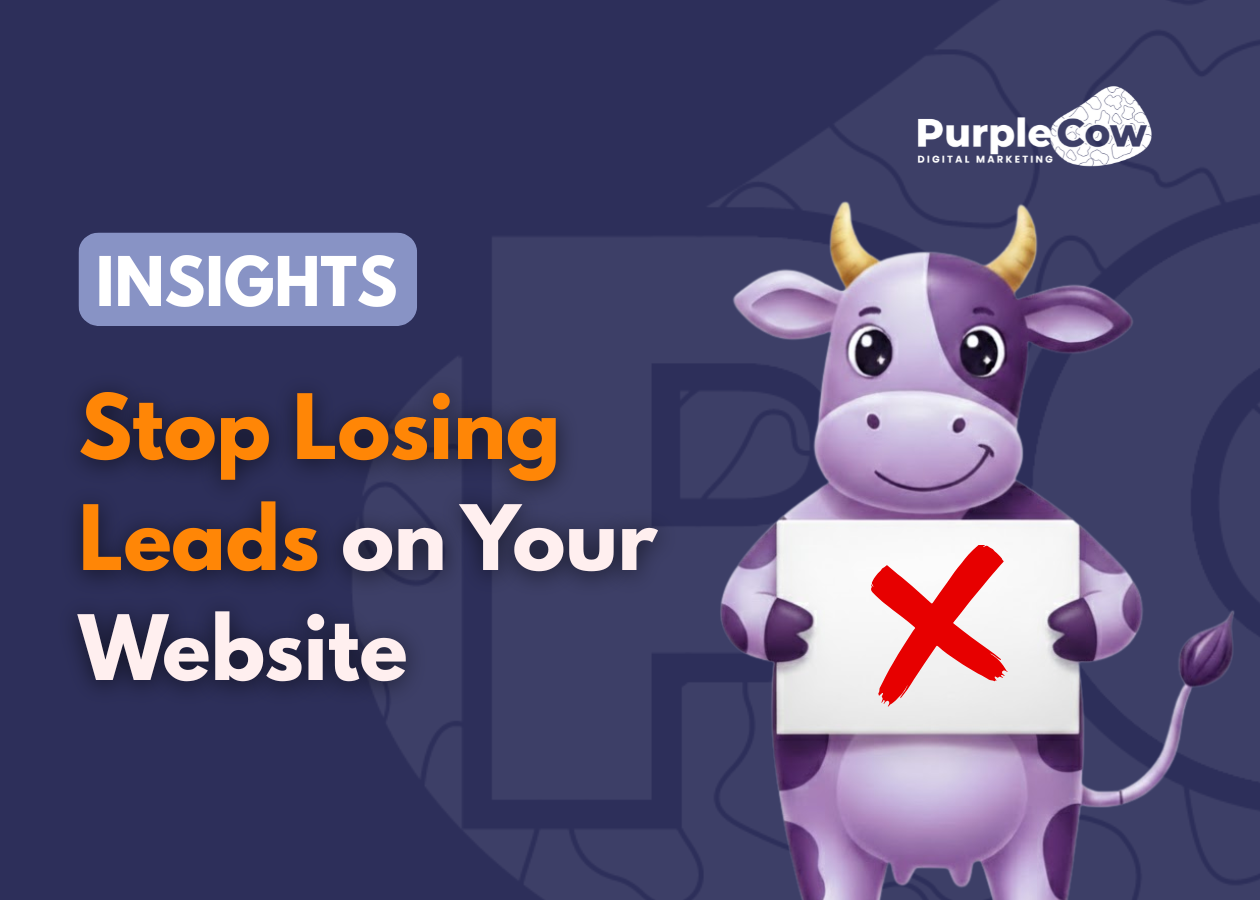As the world the digital marketing changes almost on a daily basis, keeping your website content fresh and relevant is important more than ever.. While creating new content is important, updating and optimizing your existing content can be just as powerful. By refreshing old content, you can improve your SEO performance, boost traffic, and ensure that your website continues to provide value to your audience while attracting new visitors. We will explore how optimising your old content can lead to significant benefits and provide actionable tips for getting started.
Understanding the Importance of Old Content Revitalization
Why Updating Old Content Boosts SEO?
Search engines like Google favour content that is both fresh and relevant. By updating your old content, you can signal to search engines that your website remains a valuable resource, which can result in higher rankings on search engine results pages (SERPs). When you refresh your content, you increase the chances of your website being crawled and indexed more frequently, leading to improved visibility. Furthermore, by aligning your content with current search engine algorithms and user search behaviour, you can attract more organic traffic and increase your click-through rates.
The Impact of Refreshed Content on Audience Engagement
Regularly updating your old content does more than just boost your SEO-it enhances audience engagement as well. Providing your audience with up-to-date and relevant information helps to build trust and encourages return visits. When you refresh your content, you give it new life, extending its reach and ensuring that it continues to resonate with your audience. This strategy not only increases engagement but also strengthens the relationship between your brand and your customers, making them more likely to convert and remain loyal.
Identifying Content for Optimization
Analyzing Performance Metrics to Select Posts
Before you start updating your old content, it’s crucial to identify which posts need optimisation. This can be achieved by analysing performance metrics using tools like Google Search Console or Google Analytics. Focus on metrics such as website traffic, user engagement, page ranking, bounce rate, and average time on page. These insights will help you identify underperforming posts that could benefit from a refresh. For example, content that once attracted significant traffic but has seen a decline may be an ideal candidate for optimisation.
Prioritizing Content Based on Potential Traffic Gains
Once you’ve collected data on your content’s performance, it’s time to prioritise which pages to update first. Start with pages that have high traffic but low conversion rates or those that rank poorly for relevant keywords. Additionally, consider updating pages with valuable content that is not attracting as much traffic as it should. By focusing on these areas, you can make targeted improvements that will have the most significant impact on your website’s performance and the amount of traffic it receives.
Key Strategies for Content Optimization
Incorporating Current SEO Best Practices
SEO best practices evolve over time, and what worked when you first published your content may no longer be effective. To optimise your old content, start by performing an SEO audit to identify critical issues. Update your content by incorporating relevant keywords, optimising meta descriptions, title tags, and image alt texts. Ensure that all internal and external links lead to current, relevant resources.
Additionally, focus on improving the readability of your content by optimising the header structure and refreshing any outdated visual elements. Adding multimedia, such as videos or infographics, can also enhance the user experience and make your content more engaging.
Expanding and Updating Existing Information
Optimising old content isn’t just about tweaking SEO elements; it’s also about ensuring the relevance and quality of the information you provide. Review your content for areas where you can add new insights, statistics, or perspectives. If new research or trends have emerged since the original publication, include these updates to keep your content current.
Another thing to consider is trimming any unnecessary fluff to make your content more concise and impactful. By continuously improving the quality of your content, you ensure that it remains valuable to your audience.
Integrating Relevant Keywords and Topics
As you update your old content, it’s critical to refresh it with keywords that are currently relevant to your industry. The keywords that once drove traffic may no longer perform well, so take the time to research which terms are currently popular. Use tools like Google Keyword Planner or Ahrefs to identify high-performing keywords and integrate them naturally into your content.
In addition, analyse competitor pages to discover new keyword opportunities that can help you stay ahead in the search rankings. By aligning your content with current search trends, you can increase its visibility and attract more targeted traffic.
Technical Aspects of Content Optimization
Enhancing Page Speed for Better User Experience
A slow-loading page can significantly hinder user experience, leading to higher bounce rates and lower conversion rates. When optimising old content, pay close attention to page speed. Ensure that images are appropriately sized, remove any excessive advertising, and update or eliminate outdated plugins that may be slowing down the page. Improving page speed will do wonders for enhancing the user experience and also positively impact your search engine rankings.
Mobile Optimization for Increased Reach
With the increasing use of mobile devices, it’s vital to ensure that your content is optimised for mobile users. If your old content isn’t mobile-friendly, you risk losing a significant portion of your audience. Use tools like Google’s Mobile-Friendly Test to evaluate how well your content performs on mobile devices and make any necessary adjustments. By optimising your content for mobile, you can increase reach, improve user engagement, and reduce bounce rates, ultimately leading to higher traffic and conversions.
Promoting Your Updated Content
Leveraging Social Media for Maximum Exposure
Your work doesn’t end with simply updating your content. Refreshed content won’t be very useful if you don’t promote it so it can reach a broader audience. Share your revitalized posts across all your social media channels to inform your followers of the updates. Adding share buttons to the page can also encourage users to share the content with their networks, further increasing its visibility. This approach not only reaches your existing audience but also attracts new visitors who may have missed the original post.
Email Marketing Strategies to Re-engage Subscribers
Another effective way to promote your updated content is through email marketing. Send out a newsletter announcing the refreshed content, particularly if it’s a post that was popular in the past. Include a teaser that highlights what’s new and improved, along with a link to the updated page. This strategy helps re-engage your subscribers, driving them back to your website and encouraging them to explore other content as well.
Conclusion
Optimising old content is a powerful yet often neglected strategy for boosting website traffic and improving overall SEO performance. By regularly updating your content to align with current SEO practices, adding new insights, and ensuring technical optimisation, you can enhance user engagement and attract new visitors.
If you’re looking to maximise the impact of your content and drive quality leads to your business, consider connecting with PurpleCow Digital Marketing. Our proven strategies and systems can help your business stand out in a competitive market and achieve a positive return on investment through effective digital marketing and SEO.
Questions:
How Often Should I Update My Website Content?
It’s recommended to review and update your website content at least once every six months or a year. However, if there are significant changes in your industry or if your content is highly time-sensitive, more frequent updates may be necessary.
Can Old Content Hurt My SEO If Not Updated?
Yes, outdated content can negatively impact your SEO. Search engines favour fresh and relevant content, so if your old content isn’t updated, it may lead to lower rankings, reduced visibility, and a decline in website traffic.





